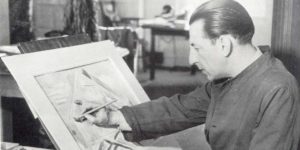
1889 - 1946
Paul Nash
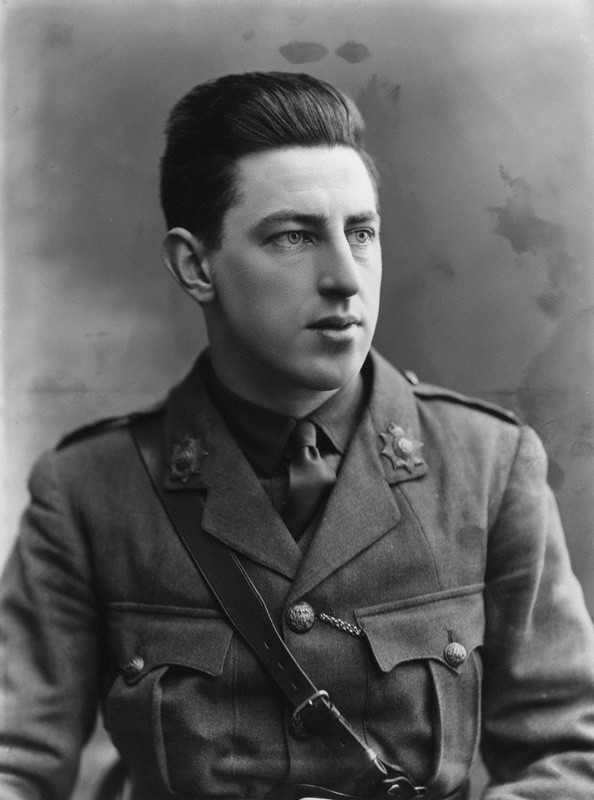
description
A British war surrealist painter, photographer, writer and illustrator, sculptor, a brilliant representative of the new landscape painting of the first half of the 20th century.
Paul Nash played a key role in the development of modernism in English art. He was a participant in the Roger Fry’s London Omega seminars (Vorticism, an art movement). In 1933, he became one of the founders of the brief but influential movement “Unit One”, the activity of which was an important step in the revitalization of British art during the interwar period.
The artist was a participant in both world wars and became famous for his series on the consequences of the battle of Ypres (paintings of 1918-1919), anthropomorphic images of airplanes (a number of works of the 1940s), and also rich in symbolism landscapes with strong mystical overtones. The painting “The Menin Road” by Paul Nash is still considered to be one of the most iconic images of the First World War, and the “Dead Sea” canvas is a symbolic image of the consequences of the Second World War.
Nash was also an excellent book illustrator; he designed scenery for the stage, created drawings for fabrics and posters, created organic sculpture and wood engravings.
The works of Paul Nash are in the collections of all the leading museums and galleries in England; his largest collection (87 paintings, drawings and documents) is in the London Tate Gallery.
Key ideas:
– The landscape painter gradually developed his style. Having graduated from the Slade art school, Nash worked in an impressionistic manner. As Cubism spread in art circles in England, Paul began practicing pointless landscapes, using elements of geometric painting and abstraction techniques.
– During the First World War, his paintings filled with pathos of humanism, which, according to Paul Nash, was the driving force of the world. The artist served in the army and, when possible, drew from life, including in the bomb shelters of the London Underground, made military photo reports. Sketches made at the scene became the basis of his oil painting.
– Nash’s work as a whole reflects the tragedy of the military generation, as well as the death of nature, which was the subject of his love and art, as he rejected figurative painting from the very beginning.
– Making friends with outstanding abstractionist B. Nicholson, Paul Nash organized a group of painters who “stood on the same artistic platform”. The association provided the basis for the development of avant-garde artists’ creativity and had a considerable influence on British artists of not only the 20th century.
– Paul Nash did not stop searching for ways of expression, becoming an already well-known master. Finding new painting, illustrating and sculpting techniques, the artist added grandeur even in formal in essence compositions, making his paintings look monumental.
– The style of Nash is characterized by the clear sense of the completeness of the compositional structure, even in surrealistic and abstract works, which he created at the end of his activity, basing on Freud’s theory.
1889
1910
1912
1914
1917
1918
1920
1924
1928
1930
1936
1940
1946
The birth of the artist
He entered the famous Slade Art School
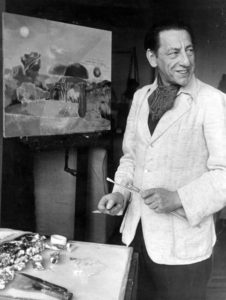
Conducted exhibitions with his brother John
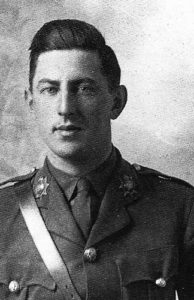
Became a member of the London group of artists
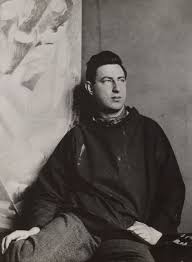
Participated in a group exhibition at the Goupil Gallery
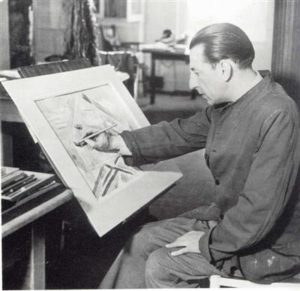
Began working in the technique of oil painting
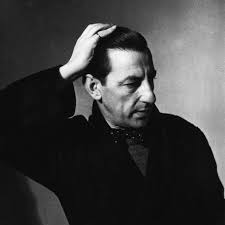
Created theatrical projects for the play by James Barry
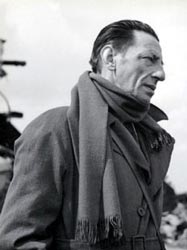
Taught at the School of Design at the Royal College of Art
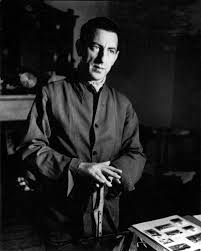
He was elected to the London Association of Artists
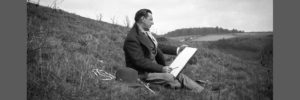
He began working as an art historian
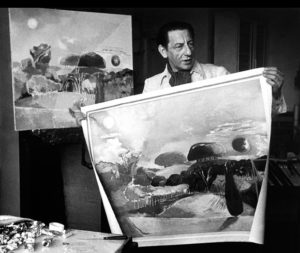
Participated in the First International Exhibition of Surrealists, held in London
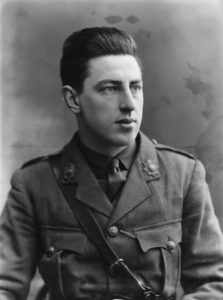
Paul worked for the Ministry of Aviation
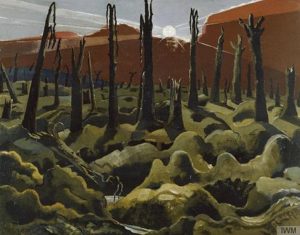
The death

